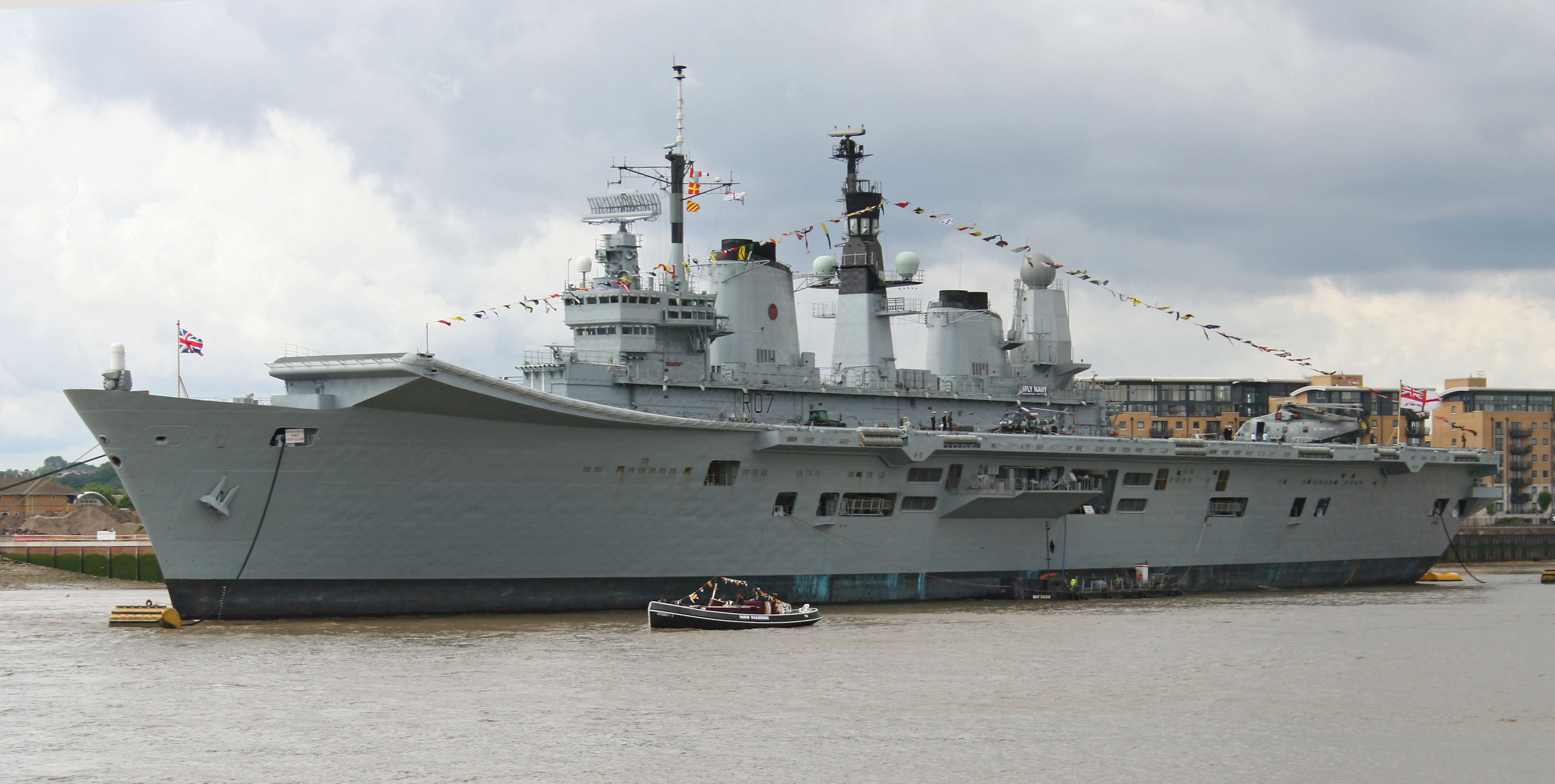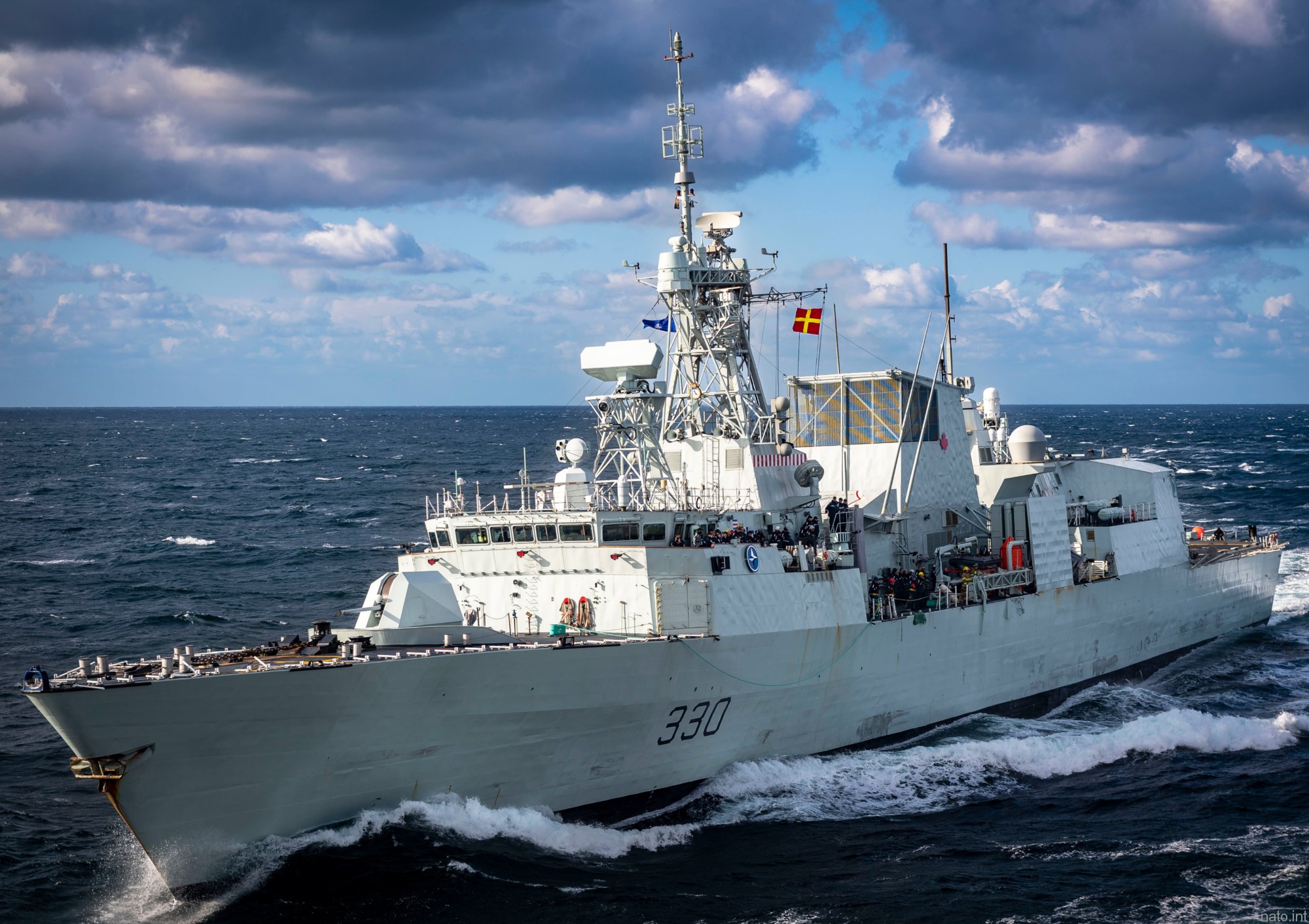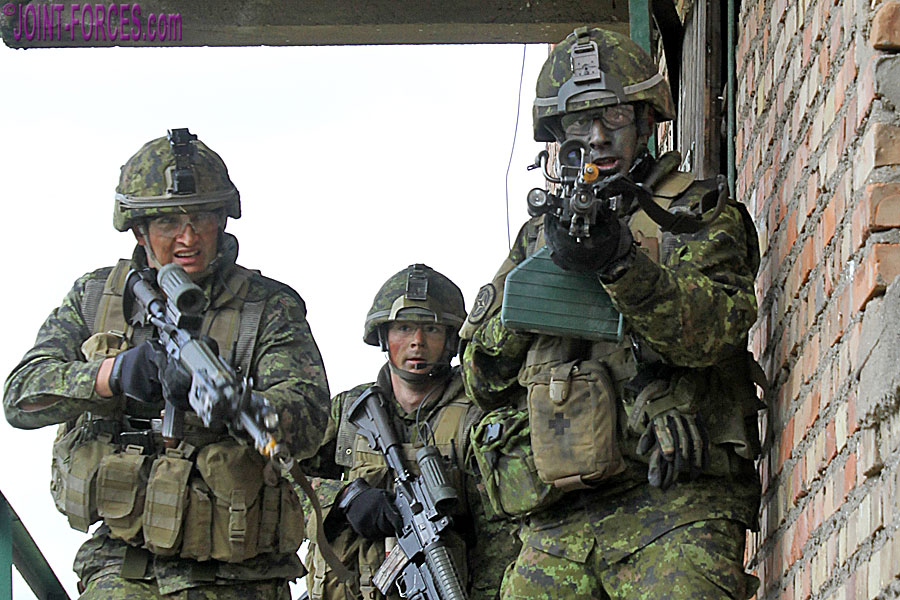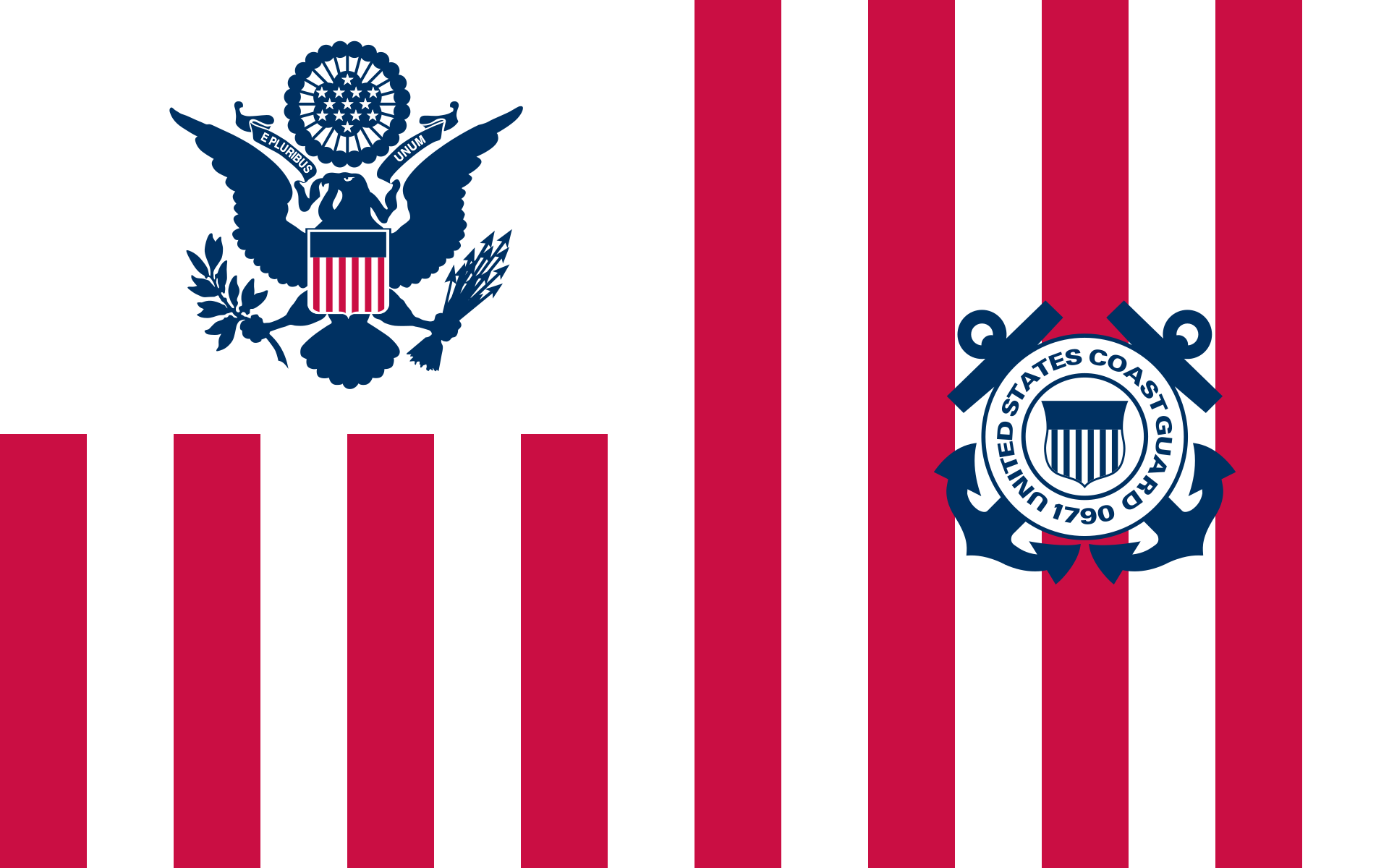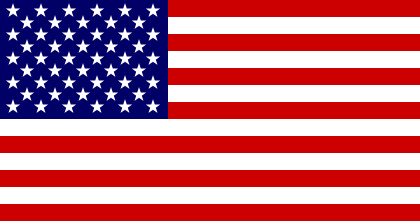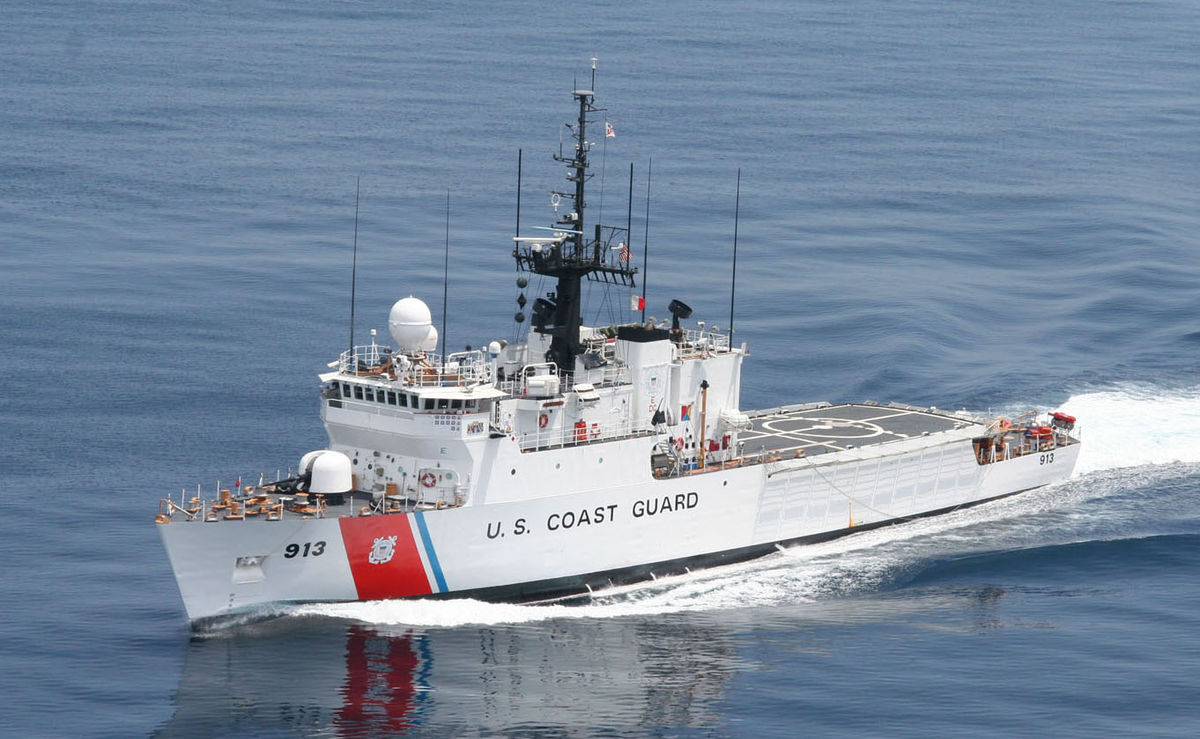Nathan
GA Member
- Jul 2, 2018
- 842
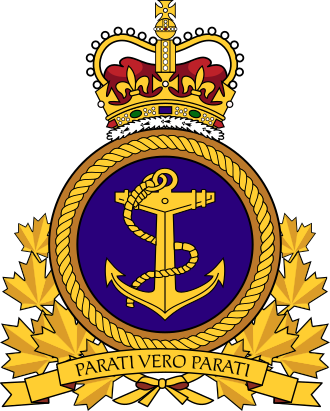
ORBAT
HMCS Magnificent (R01)
Invincible Class Aircraft Carriers
650 Sailors
12 Pilots, 25 Ground crew from 420 Maritime Fighter Squadron RCAF
12 Pilots, 12 Aircrew, 25 Ground crew from 423 Maritime Helicopter Squadron
8 Pilots, 8 Aircrew, 25 Ground crew from 427 Special Operations Aviation Squadron
Troops carried: Total 120
124 Troops from 'D' Company, 3rd Battalion, Marine Commando Regiment
Equipment carried;
12 Harrier GR9s
6 Sea King Helicopters
4 CH-146 Griffons
2x RHIBS
Standard Armament,
Ship
2 × 20 mm anti-aircraft guns
3 Phalanx/Goalkeeper close-in weapons systems
Marines
Rifles, Sidearms, machine guns and AT Weapons carried for the Marine Commando Regiment include Browning Hi-Power , Colt Canada C7A2s, Remington 870, FN/Colt Canada C6, FN/Colt Canada C9, m2 Brownings for BV206s, c17 Timberwolfs, M72 LAW, Carl Gustaf 8.4cm recoilless Rifle.
Aircraft
25 mm ADEN cannon pods under the fuselage
Rockets: LAU-5003 rocket pods
Missiles: AIM-9 Sidewinders,AGM-65 Maverick
Bombs: Paveway series of laser-guided bombs and unguided 540 and 1,000 lb (240 and 450 kg) bombs (including 3 kg and 14 kg practice bombs)
Other: 2× auxiliary drop tanks or reconnaissance pod (such as the Joint Reconnaissance Pod)
Recce/targeting pods: DJRP,Sniper, and TIALD
2× Mk 46 Mod V anti-submarine torpedoes
Various sonobuoys and pyrotechnic devices
door guns
HMCS Iroquois (DDG280)
280 Crew,
2 Pilots, 1 Aircrew, 5 Ground crew, 1 Sea King Helicopter from 423 Maritime Helicopter Squadron
Standard armament
29 x VLS Standard SM-2MR Block IIIA SAMS,
1 x 76 mm/62 OTO Melara
6 x 12.75 inch firing tubes mark-46 Mod 5 Torpedos
1 x Phalax CIWS (BLOCK 1)
6 x M2 browning machine guns
2x RHIBS
HMCS Halifax (FFG330)
225 Crew,
2 Pilots, 1 Aircrew, 5 Ground crew, 1 Sea King Helicopter from 423 Maritime Helicopter Squadron
Standard Armament
8 x MK 141 Harpoon SSM
16 x ESSM SAM/SSM
1 x Bofors 57mm Mk 3 gun
1 x Phalanx CIWS (MK 15 Mod 21 (block 1B))
6 x .50 Calibre machine guns (M2HB-QCB)
24 x Mk 46 Torpedos Mod 5
2x RHIBS
HMCS Ville De Quebec (FFG332)
225 Crew,
2 Pilots, 1 Aircrew, 5 Ground crew, 1 Sea King Helicopter from 423 Maritime Helicopter Squadron
Standard Armament
8 x MK 141 Harpoon SSM
16 x ESSM SAM/SSM
1 x Bofors 57mm Mk 3 gun
1 x Phalanx CIWS (MK 15 Mod 21 (block 1B))
6 x .50 Calibre machine guns (M2HB-QCB)
24 x Mk 46 Torpedos Mod 5
2x RHIBS
HMCS Protecteur (A509)
365 Crew
4 Pilots, 2 Aircrew, 5 Ground Crew 1 Sea King Helicopter from 423 Maritime Helicopter Squadron
Standard Armament
2 × 20 mm Phalanx CIWS
6 × .50 calibre machine guns
2x RHIBS
HMCS Magnificent (R01)
Invincible Class Aircraft Carriers
650 Sailors
12 Pilots, 25 Ground crew from 420 Maritime Fighter Squadron RCAF
12 Pilots, 12 Aircrew, 25 Ground crew from 423 Maritime Helicopter Squadron
8 Pilots, 8 Aircrew, 25 Ground crew from 427 Special Operations Aviation Squadron
Troops carried: Total 120
124 Troops from 'D' Company, 3rd Battalion, Marine Commando Regiment
Equipment carried;
12 Harrier GR9s
6 Sea King Helicopters
4 CH-146 Griffons
2x RHIBS
Standard Armament,
Ship
2 × 20 mm anti-aircraft guns
3 Phalanx/Goalkeeper close-in weapons systems
Marines
Rifles, Sidearms, machine guns and AT Weapons carried for the Marine Commando Regiment include Browning Hi-Power , Colt Canada C7A2s, Remington 870, FN/Colt Canada C6, FN/Colt Canada C9, m2 Brownings for BV206s, c17 Timberwolfs, M72 LAW, Carl Gustaf 8.4cm recoilless Rifle.
Aircraft
25 mm ADEN cannon pods under the fuselage
Rockets: LAU-5003 rocket pods
Missiles: AIM-9 Sidewinders,AGM-65 Maverick
Bombs: Paveway series of laser-guided bombs and unguided 540 and 1,000 lb (240 and 450 kg) bombs (including 3 kg and 14 kg practice bombs)
Other: 2× auxiliary drop tanks or reconnaissance pod (such as the Joint Reconnaissance Pod)
Recce/targeting pods: DJRP,Sniper, and TIALD
2× Mk 46 Mod V anti-submarine torpedoes
Various sonobuoys and pyrotechnic devices
door guns
HMCS Iroquois (DDG280)
280 Crew,
2 Pilots, 1 Aircrew, 5 Ground crew, 1 Sea King Helicopter from 423 Maritime Helicopter Squadron
Standard armament
29 x VLS Standard SM-2MR Block IIIA SAMS,
1 x 76 mm/62 OTO Melara
6 x 12.75 inch firing tubes mark-46 Mod 5 Torpedos
1 x Phalax CIWS (BLOCK 1)
6 x M2 browning machine guns
2x RHIBS
HMCS Halifax (FFG330)
225 Crew,
2 Pilots, 1 Aircrew, 5 Ground crew, 1 Sea King Helicopter from 423 Maritime Helicopter Squadron
Standard Armament
8 x MK 141 Harpoon SSM
16 x ESSM SAM/SSM
1 x Bofors 57mm Mk 3 gun
1 x Phalanx CIWS (MK 15 Mod 21 (block 1B))
6 x .50 Calibre machine guns (M2HB-QCB)
24 x Mk 46 Torpedos Mod 5
2x RHIBS
HMCS Ville De Quebec (FFG332)
225 Crew,
2 Pilots, 1 Aircrew, 5 Ground crew, 1 Sea King Helicopter from 423 Maritime Helicopter Squadron
Standard Armament
8 x MK 141 Harpoon SSM
16 x ESSM SAM/SSM
1 x Bofors 57mm Mk 3 gun
1 x Phalanx CIWS (MK 15 Mod 21 (block 1B))
6 x .50 Calibre machine guns (M2HB-QCB)
24 x Mk 46 Torpedos Mod 5
2x RHIBS
HMCS Protecteur (A509)
365 Crew
4 Pilots, 2 Aircrew, 5 Ground Crew 1 Sea King Helicopter from 423 Maritime Helicopter Squadron
Standard Armament
2 × 20 mm Phalanx CIWS
6 × .50 calibre machine guns
2x RHIBS
Objectives
- Deploy towards the Caribbean for a patrol mission.
Mission Status
- Preparation - ongoing
Last edited:



